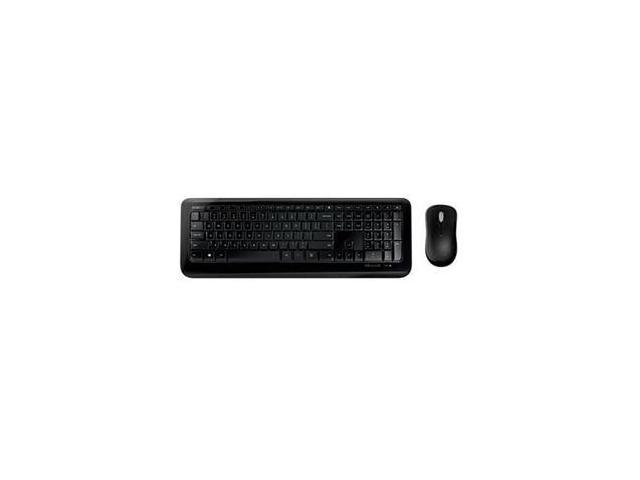III. Diagnostics and Public Health.- 26 The Use of Immobilized Enzymes in Automated and Semiautomated Systems of Analysis John Campbell.- 1. Enzymatic Analysis.- 2. Automation of Analytical Procedures.- 3. Immobilized Enzymes in Analysis.- 4. Conclusion.- 5. References.- 27 Immobilized Enzymes and Proteins in Urinalysis.- 1. Introduction.- 2. Carbohydrates.- 3. Nonprotein Nitrogenous Compounds.- 4. Amino Acids.- 5. Organic Acids.- 6. Proteins.- 7. Hormones.- 8. Toxicology.- 9. Miscellaneous Substances.- 10. Future Prospects.- 11. References.- 28 Immobilized Enzymes for Detection and Monitoring of Organophosphates and Carbamates.- 1. Introduction.- 2. Automatic Analysis with an Electrochemical Cell.- 3. The Continuous Aqueous Monitors, CAM-1 and CAM-2.- 4. Monitoring Air for Enzyme Inhibitors.- 5. Conclusions.- 6. References.- 29 Simplification and Automation of Radioimmunoassay by Gel Entrapment of Antibody.- 1. Introduction.- 2. Elimination of Centrifugation Step.- 3. Preparation of Gel Antibody.- 4. Elimination of Pipetting Step.- 5. Elimination of High-Molecular-Weight Interferences.- 6. Elimination of Low-Molecular-Weight Interferences.- 7. Gel Antibody RIA and Determination of High-Molecular-Weight Antigens.- 8. RIA Automation.- 9. Reuse of Solid-Phase Antibody.- 10. Summary.- 11. References.- 30 Enzyme-Linked Immunosorbent Assay.- 1. Introduction.- 2. Reagents for ELISA.- 3. Determination of Antigens.- 4. Determination of Antibodies.- 5. Conclusion.- 6. References.- 31 Application of ELISA for the Diagnosis of Bacterial Infections.- 1. Introduction.- 2. Detection and Quantitation of Antibodies.- 3. Detection and Quantitation of Antigens.- 4. Conclusions.- 5. References.- 32 Application of Enzyme-Linked Immunosorbent Assays to Parasitic Diseases.- 1. Introduction.- 2. Helminth Diseases.- 3. Protozoal Diseases.- 4. Future Developments.- 5. References.- 33 Microplate Enzyme-Linked Immunosorbent Assays in Virology.- 1. Introduction.- 2. Rubella.- 3. Cytomegalovirus.- 4. Measles.- 5. Arboviruses.- 6. Adenoviruses, Coxsackies, and Herpes.- 7. Hepatitis B.- 8. Viruses of Veterinary Importance.- 9. Plant Viruses.- 10. Conclusions.- 11. References.- 34 The Immunoadsorption of Hepatitis B Antigen from Blood Plasma.- 1. Introduction.- 2. Methodology.- 3. Immunoadsorption of Hepatitis B Antigen.- 4. Purification of Hepatitis B Antigen.- 5. References.- 35 Visual Detection of Hepatitis B Surface Antigen and Antibody.- 1. Review of the Literature.- 2. Choice of a System.- 3. Principles of the Reactions.- 4. Materials.- 5. Methods.- 6. Results.- 7. Discussion.- 8. Future Prospects.- 9. References.- 36 Enzyme Electrodes.- 1. Introduction.- 2. Enzyme Electrodes.- 3. References.- 37 Electrochemical Preparation of Enzyme-Collagen Membrane for Enzyme Electrode.- 1. Introduction.- 2. Electrochemical Preparation of Enzyme-Collagen Membrane.- 3. Properties of ADH-Collagen Membrane.- 4. Application of Enzyme-Collagen Membrane.- 5. References.- 38 Possible Biomedical Applications of the Thermal Enzyme Probe.- 1. Introduction.- 2. Thermal Enzyme Probe.- 3. Related Configurations and Devices.- 4. Simple Description of TEP.- 5. Future Directions for Biomedical Applications.- 6. References.- 39 Possible Biomedical Applications of the Volatile Enzyme Product Method.- 1. Introduction.- 2. Qualitative Description of VEP and Comparison to Gas Chromatrography-Mass Spectrometry.- 3. Theoretical Performance.- 4. Measurements of Substrates Using Volatile Products.- 5. Measurements of Nonvolatile Substrates by Use of Volatile Substrates.- 6. Measurements of Enzymes.- 7. Measurements of Inhibitors or Activators.- 8. Coupled Assays.- 9. Possible Clinical Applications.- 10. Biomedical Research Applications.- 11. Measurements on Cells.- 12. Spatial Mapping of Enzyme Distributions.- 13. References.- IV. Perspectives.- 40 Biomedical Aspects of Immobilized Enzymes and Proteins: A Physiologist’’s View of the Prospects.- 1. Introduction.- 2. Microcapsules as Injectable Prostheses.- 3. Microvascular Templates for the Miniaturization of Artificial Organs.- 4. Further Possibilities.- 5. References.- 41 Mechanosensitive and Sound-Sensitive Enzymatic Systems as Chemical Amplifiers of Weak Signals.- 1. Introduction.- 2. Regulation by Mechanical Device of the Rates of Enzymatic Processes Occurring in Polymer Gels.- 3. Ultrasound Initiation of Enzymatic Reactions in Thixotropic Gels..- 4. Mechanical Regulation of the Catalytic Activity of Enzymes Covalently Attached to Elastic Supports.- 5. Ultrasound Regulation of the Catalytic Activity of the Enzymes Covalendy Attached to Polymer Gels.- 6. Mechanical Regulation of the Interaction Rate of Macromolecular Substances with Enzymes Chemically Bound to Elastic Supports.- 7. Release of Immobilized Enzyme into the Solution on Mechanical Deformation of the Support.- 8. Regulation by Mechanical Action of Reactions of Two Proteins Attached via Long Spacers to Different Surfaces.- 9. Release of Enzymes from Microcap















